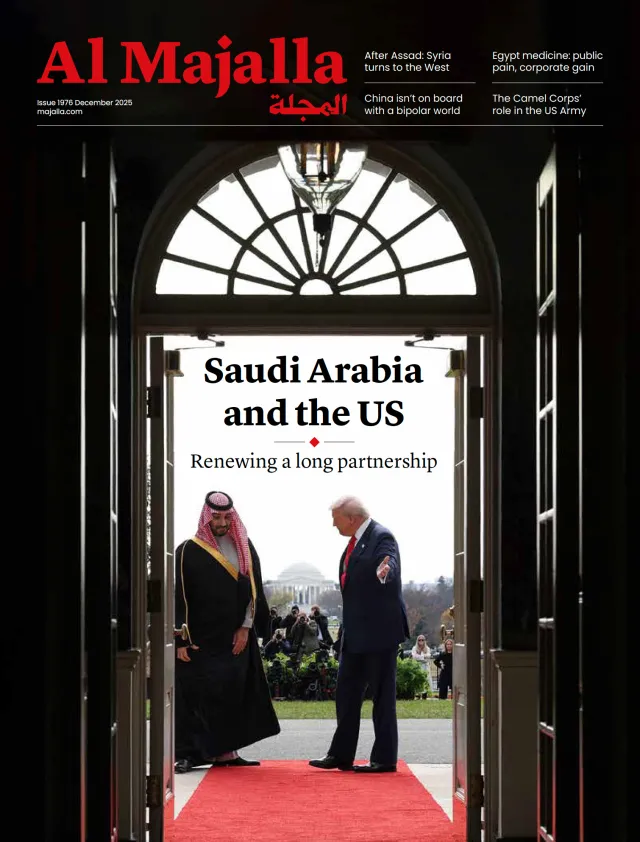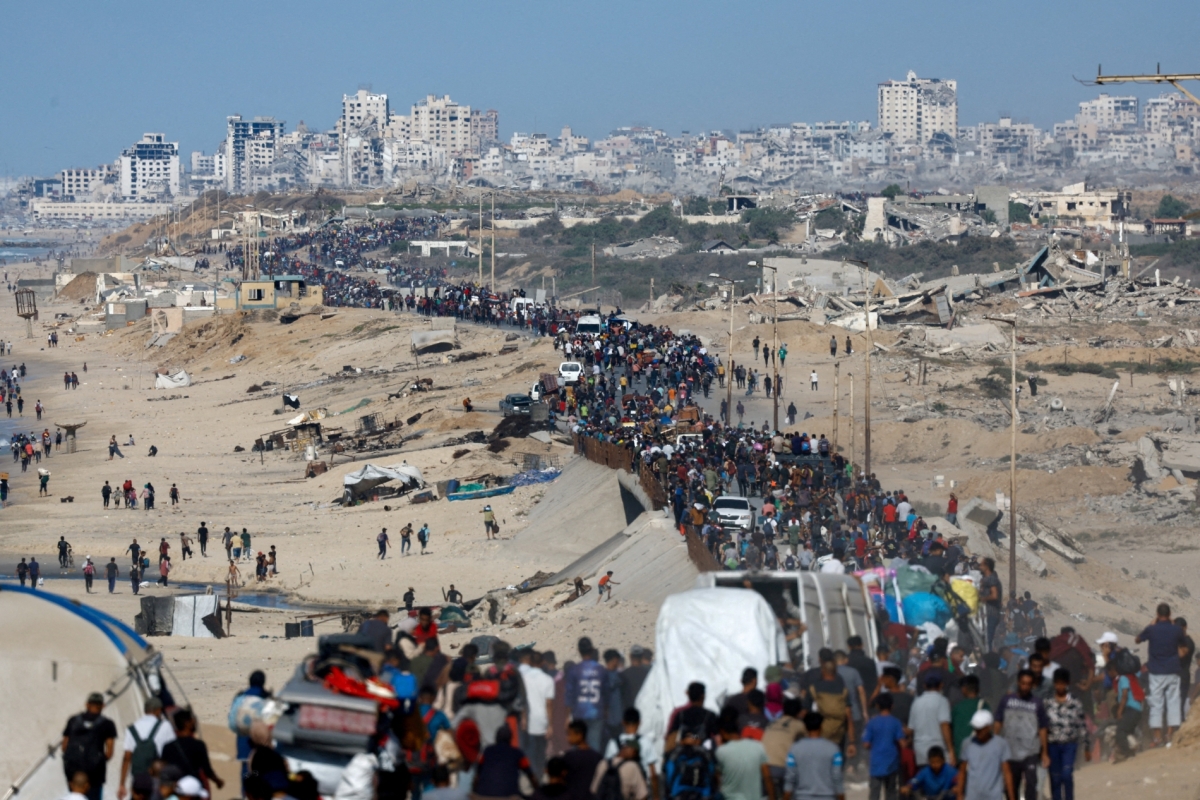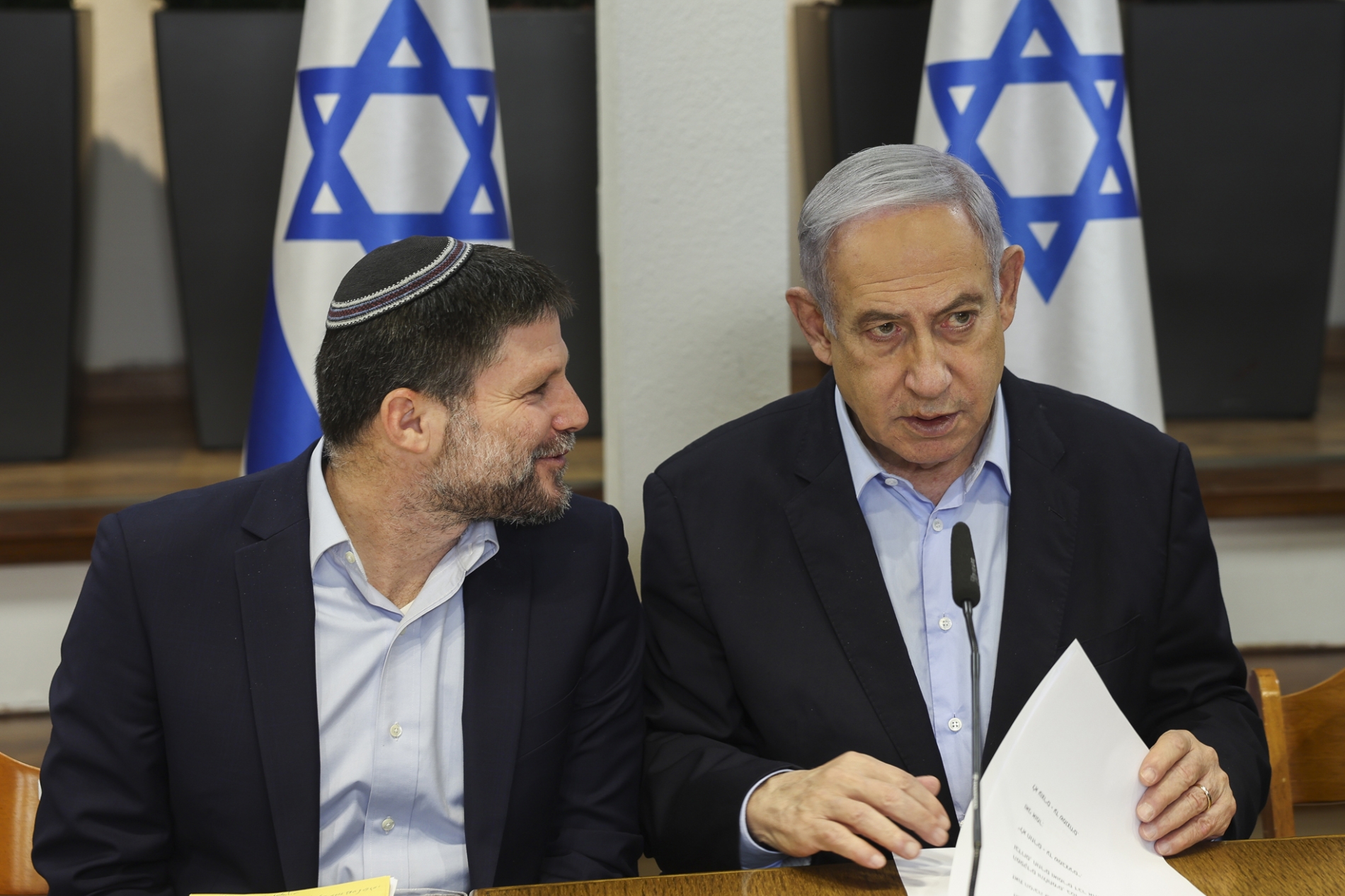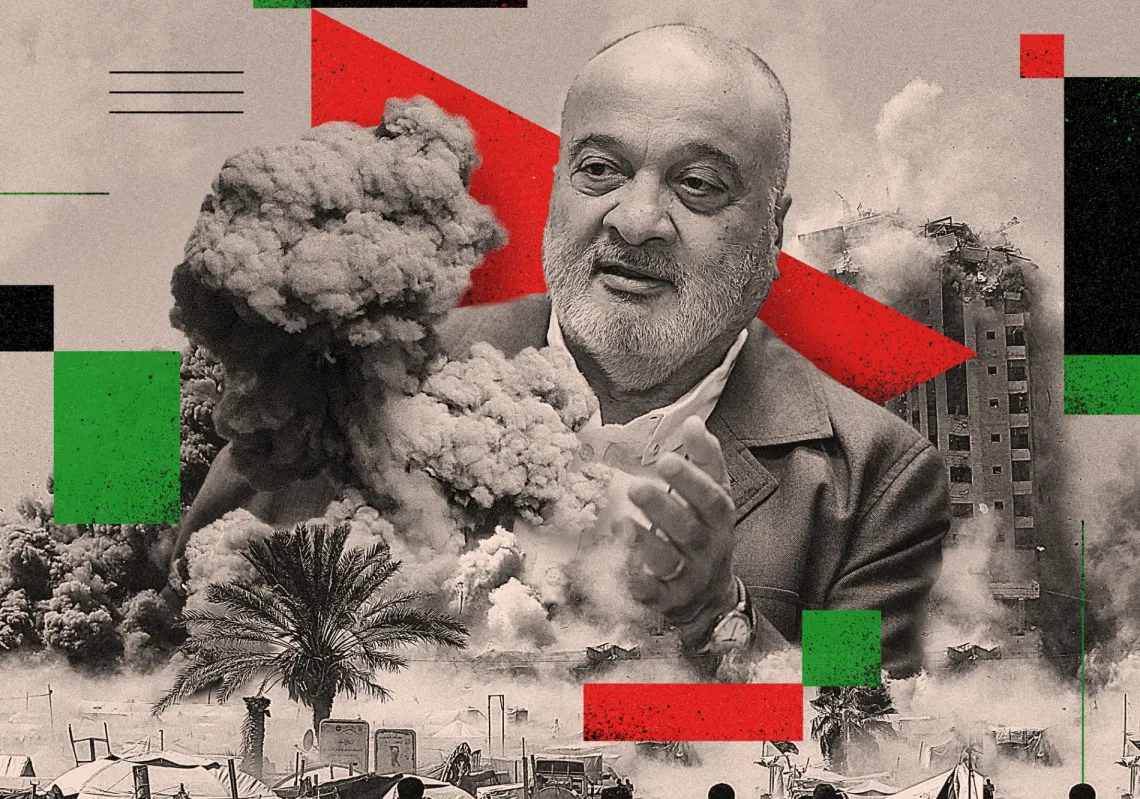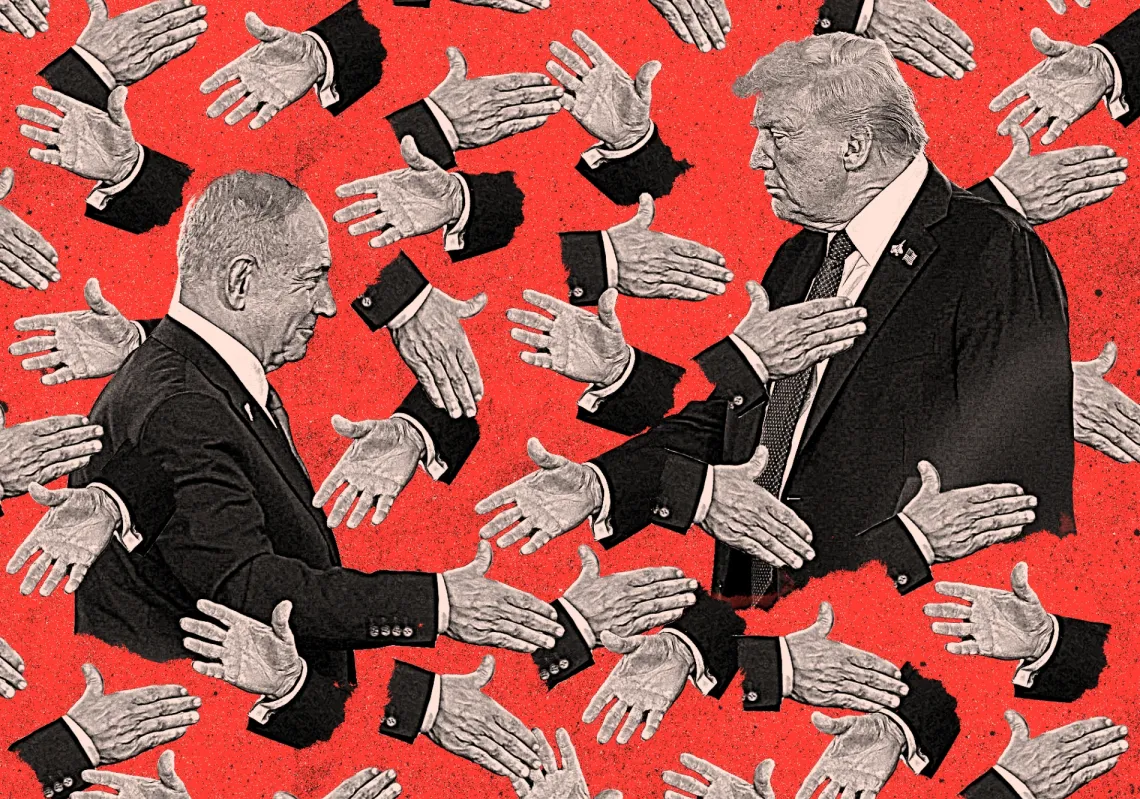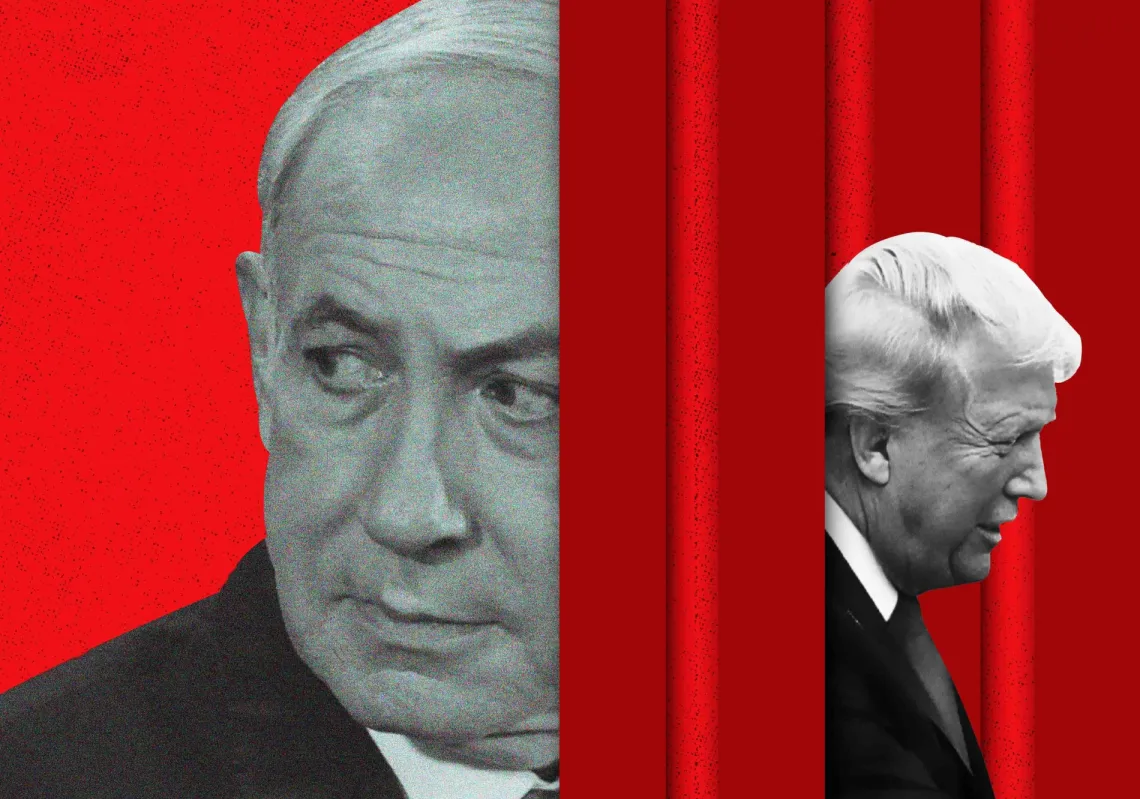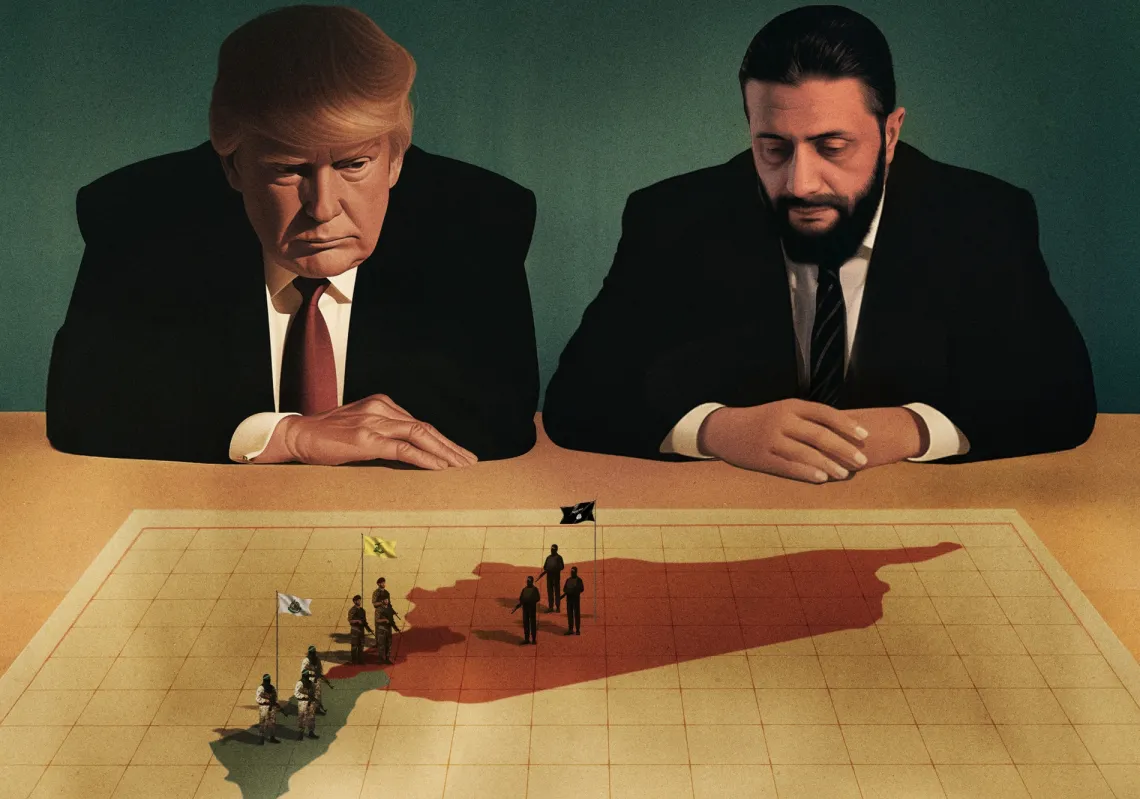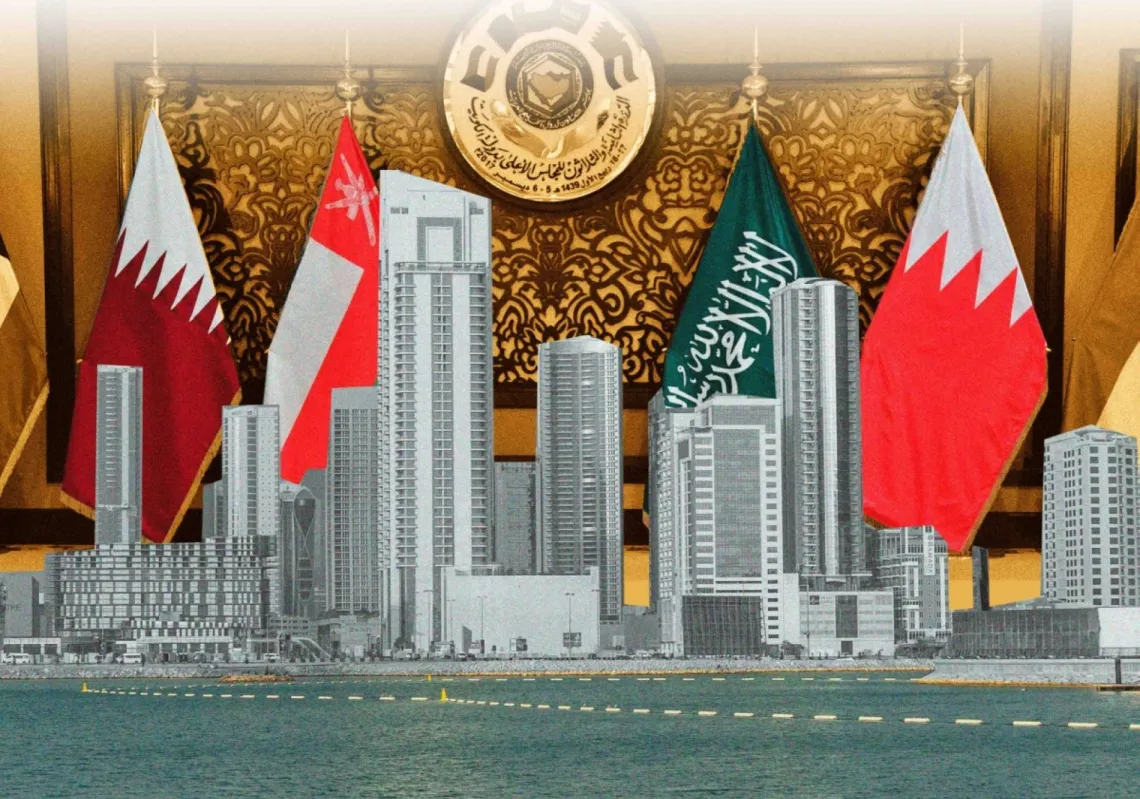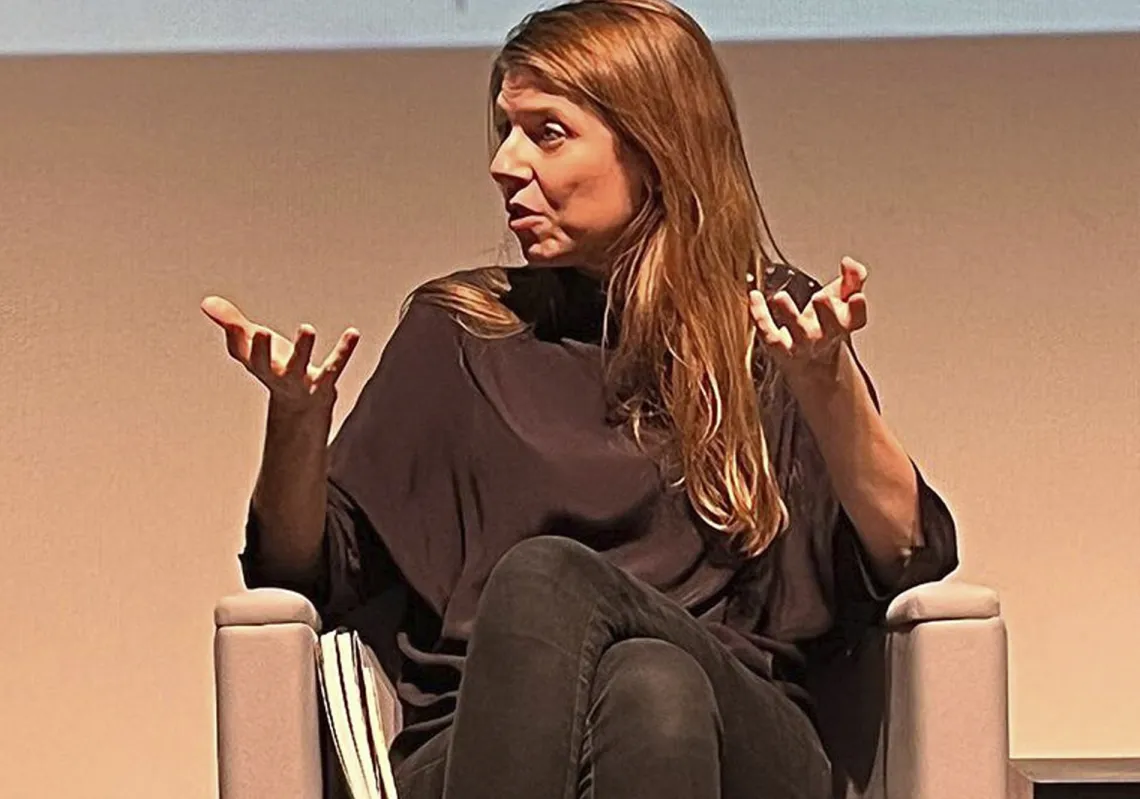As Trump announced that Hamas and Israel had signed off on the first phase of his “Peace Plan”, the region is holding its breath, wondering whether this will be the end of two years of devastating conflict, or the last in a series of incomplete agreements.
Though there are many reasons to believe we’re closer to ending the conflict than ever before, numerous obstacles could still make Trump’s plan the “deal to end all deals” or just another failed attempt at ending forever wars. But what’s so different this time from the previous (failed) attempts to bring about an end to the war? I lay out six key reasons below.
1. Mounting costs and isolation
Firstly, due to the state of the conflict. Though some Israeli officials were still pushing the idea that more military pressure would bring better results, the fact is that, under Netanyahu’s command, the Israeli army has tried almost every strategy.
The Israeli leader claimed that the 2024 Rafah offensive would force Hamas to negotiate. He argued that restructuring aid distribution through the Israel-approved Gaza Humanitarian Foundation (GHF) would weaken Hamas financially, and that a new offensive launched this year to control Gaza would show the clock was ticking. Israel went as far as to strike the Hamas leadership in Qatar, in a move some are now portraying as a way to show Doha the war would end up affecting it too, if it did not pressure Hamas.
Netanyahu will claim the agreement is the product of those pressures, and while the argument shouldn’t be brushed aside completely, the fact is that going a step further would have been extremely costly. Though his far-right allies have pushed a plan to occupy Gaza City, the Israeli military has baulked at the prospect, understanding that such a move would be costly, result in a long-term insurgency, and isolate Israel even further and for an even longer duration.
“Last night, we reached a momentous breakthrough in the Middle East, something that people said was never going to be done. We ended the war in Gaza, and really, on a much bigger basis, created peace.”
@POTUS discusses peace in the Middle East as he kicks off Cabinet meeting. pic.twitter.com/7MQK1jBake
— The White House (@WhiteHouse) October 9, 2025
2. Hard push from Trump
The second major factor behind the sudden breakthrough is clear: Trump. Love him or hate him, the US president knows how to knock some heads when needed. And although there still isn't a clear framework on how to resolve the conflict, he convinced Hamas to agree to release all the captives immediately. On Thursday, Hamas chief Khalil al-Hayya said his group received guarantees from the United States, Arab mediators and Türkiye that the war in Gaza has "come to a complete end".
Hamas's agreement to release all the captives put a lot of pressure on Netanyahu to accept: We weren’t talking about a drawn-out process in which they are slowly released two or three at a time. Trump’s plan promised what Israelis have wanted for two years—the release of all living hostages in one go.
This upped the ante, and Trump knew it, going as far as to remind Netanyahu, through a picture of protests in Israel, that this is what Israelis have demanded at rallies every week. When Netanyahu argued, Trump knocked some sense into him: Take what’s on the table and “don’t be so (expletive) negative”, according to a report in Axios.
3. Turkish and Arab pressure
Another clear difference with the previous rounds of negotiations was the presence of a Turkish delegation headed by Ibrahim Kalin, who heads the Turkish intelligence agency and is very close to President Recep Tayyip Erdoğan. Ankara has just as much leverage on Hamas as Qatar does—if not more.
Behind those two frontline mediators was also a coalition of Arab countries, including Egypt and Gulf countries, who were clear that Hamas would no longer be in power and needed to take the deal now. That united front mattered at a time when Hamas’s other regional ally, Iran, had been largely weakened.
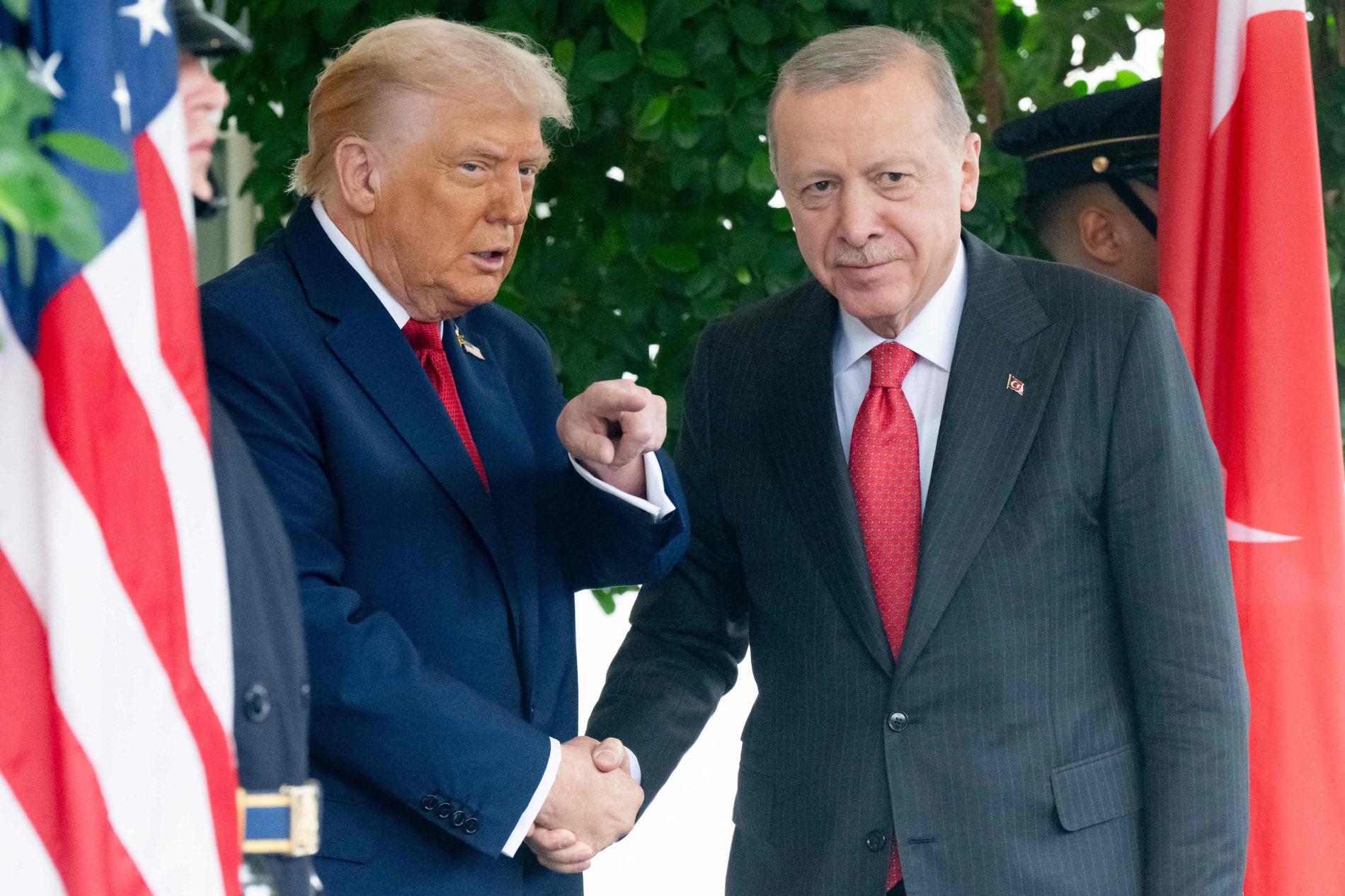
4. Prospect of rival Palestinian force
Another pressure point used by Trump and his Arab partners was that even if Hamas refused the agreement, part of the proposed deal would still come into effect. This included a surge in aid to Gaza as well as the deployment of an international security force in “safe” areas in lieu of the Israeli army.
This latter point was a way to pressure Hamas, who would have to face the possibility of seeing a more organised rival force, backed by Arab partners but likely Palestinian in its nature, be deployed.
5. Hamas disarmament 'in principle'
As for the issue of Hamas's disarmament, it has always been on the table in past agreements, but has been a key sticking point. Even with this deal, the group has made vague inferences but has yet to outright agree to such terms. It is also trying to draw a distinction between “defensive” and offensive weapons, perhaps acquiescing to the dismantling of its rocket arsenal, but no more. This matters for the future, but for now, the fact that Hamas has agreed in principle gives Netanyahu some room to save face and claim the "total victory" he has long promised.

